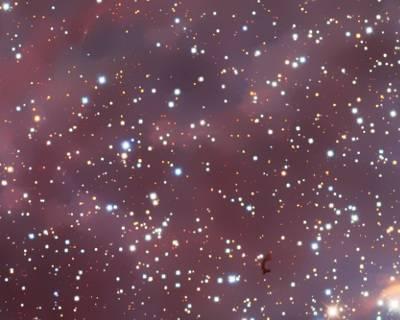| doctor | Zou Shu |
| alias | styleRun-an akaRun-an |
Zou Shu, courtesy name Run'an (also known as Fa'an), pseudonym Run'an, was a native of Wujin County, Jiangsu Province during the Qing Dynasty. He was born in 1790 (the 55th year of the Qianlong reign) and died in 1844 (the 24th year of the Daoguang reign), at the age of 54. Due to his family's poverty, he could not afford formal education and had to rely on self-study; he persevered through harsh winters and scorching summers. As a result, he became erudite, well-versed in astronomy, geography, historical trends, and changes, and his poetry and prose were outstanding. He particularly enjoyed studying medicine, treating people, and dedicating himself to writing. According to records, Zou Shu married a woman from the Chen family but had no sons. His younger brother Zou Xian adopted his son Menglong to him. In the first year of the Daoguang reign (1821), the emperor issued an edict to recommend reclusive scholars. His hometown elders decided to nominate Zou Shu, but he firmly declined. When treating patients, he prioritized the poor over the wealthy. He adhered to ancient medical methods and always followed established prescriptions. His works include *Ming Dian* in 54 volumes, *Benjing Shuzheng* in 12 volumes, *Benjing Xushu* in 6 volumes, *Benjing Xushu Yao* in 8 volumes, *Cold-Damage Disease Tongjie* in 4 volumes, *Cold-Damage Disease Jinkui Fangjie* in 6 volumes, *Yili Zhaichao* in 4 volumes, *Qiwei Lu* in 4 volumes, *Yijing Shumu* in 8 volumes, *Yishu Xulu* in 1 volume, *Yijing Zashuo* in 1 volume, *Shaxi Caotang Wenji* in 1 volume, *Shaxi Caotang Zhazhu* in 1 volume, and *Shaxi Caotang Shiji* in 1 volume. Currently, only the three *Benjing* works have printed editions. In the past, Miao Xiyong's *Benjing Shuzheng* and Wu Shikai's *Bencaojing Shu Jiyao* both took *Benjing* as the core, supplemented by *Bielu*, and incorporated *Cold-Damage Disease*, *Jinkui*, *Qianjin*, *Waitai*, and *Tang Bencao Tujing* as references. They also drew from the *Six Classics*, *Five Elegant Works*, various histories, *Shuowen*, and even Taoist and Buddhist texts, *Qunfang Pu*, and works by famous scholars. All discussions on medicine were annotated and analyzed, whether discussing the appropriate medicine for a disease or the suitable disease for a medicine, as well as the reasons for using or not using certain treatments. The goal was to seek the essence, avoid superficiality, and uncover the true meaning without being misled by approximations. Through repeated collation and verification, the aim was to ensure accuracy, making the thoughts of ancient physicians clear and providing valuable insights for future learners. Zou Shu lived during the transition between the Qianlong and Jiaqing reigns, a time when textual research was at its peak, and medicine was also influenced by the evidential scholarship. His work *Benjing Shuzheng* was a product of the academic trends of that era.





